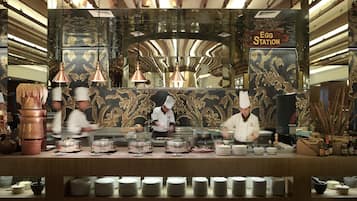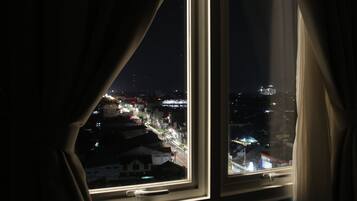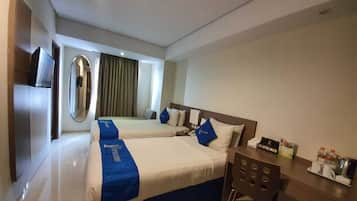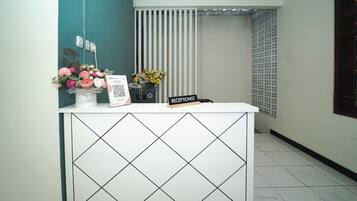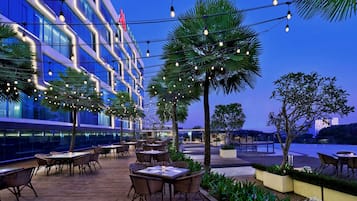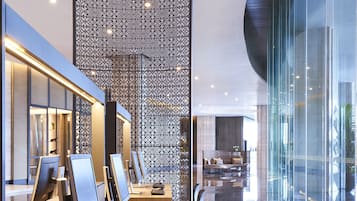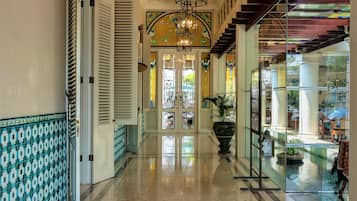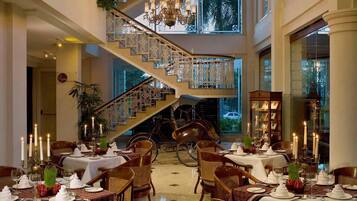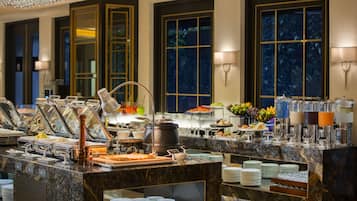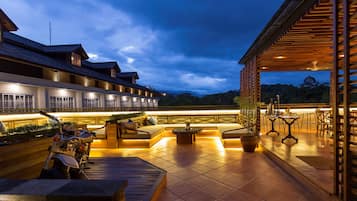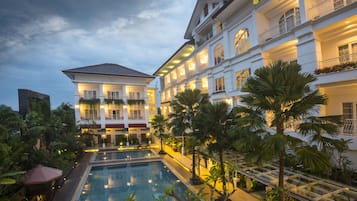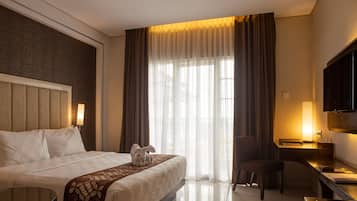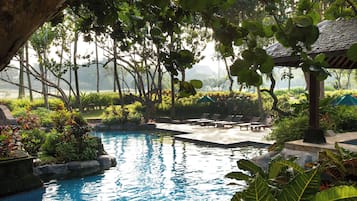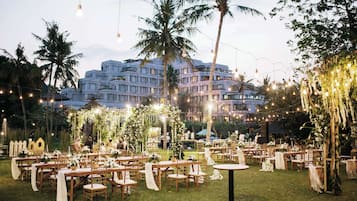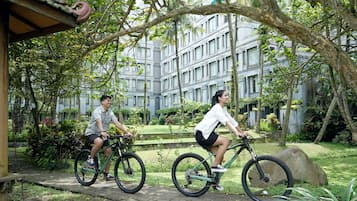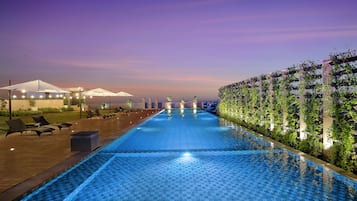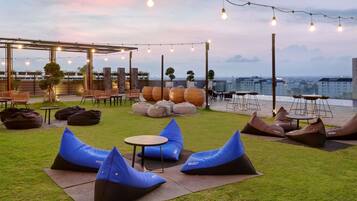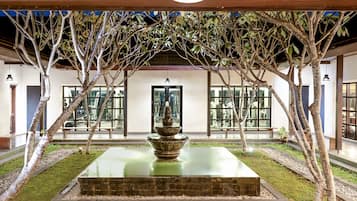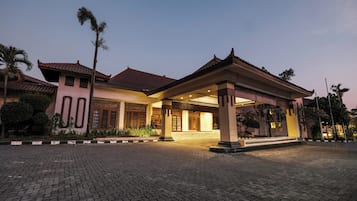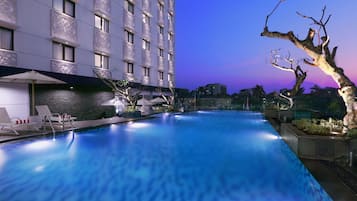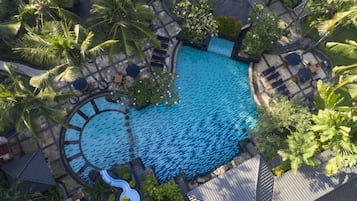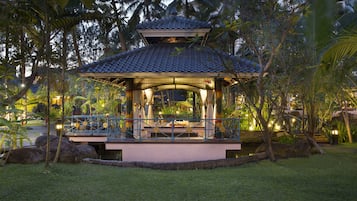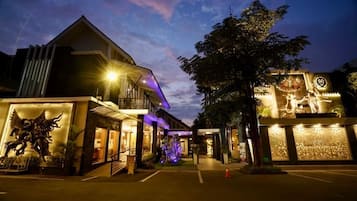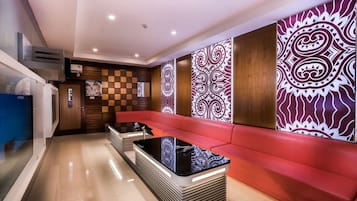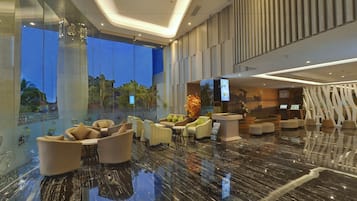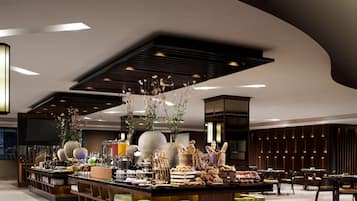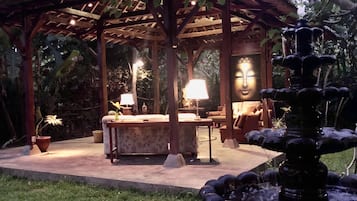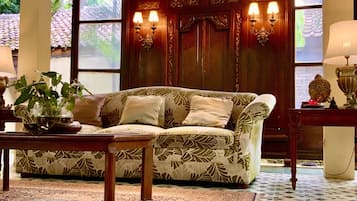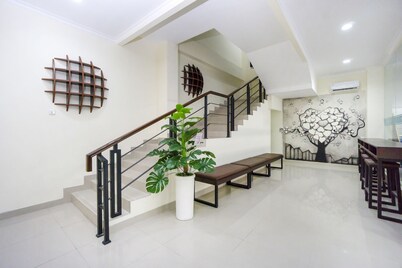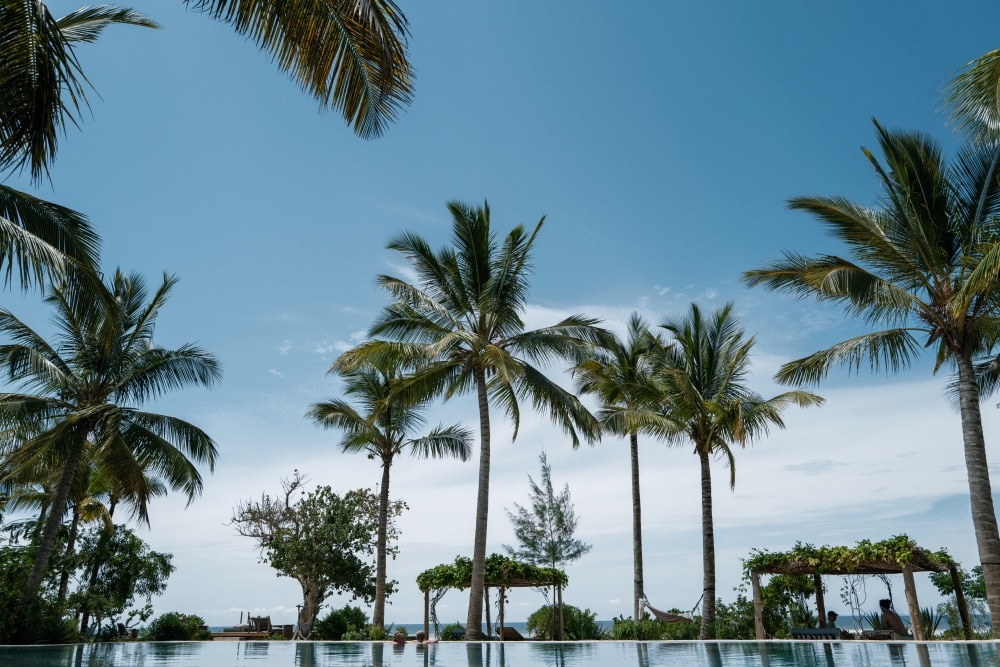Foto oleh Sharrie Shaw
Hotel murah di Tegalrejo
- Ubah fikiran andaTempah hotel dengan pembatalan percuma
- Jadi cerewetCari hampir sejuta hartanah di seluruh dunia
Jangkau melebihi penginapan biasa anda di Tegalrejo
Tempat Peranginan
Semak harga untuk tarikh ini
Malam ini
Esok
Hujung minggu ini
Hujung minggu depan
10 hotel popular di Tegalrejo

Hotel Tentrem Yogyakarta
Yogyakarta
9.2 daripada 10, Hebat, (316)
Harga ialah RM495
RM599 jumlah
termasuk cukai & fi
7 Dis - 8 Dis

Uniq Hotel Yogyakarta
Central Yogyakarta
8.0 daripada 10, Sangat Baik, (2)

Top Malioboro Hotel
Central Yogyakarta
6.2 daripada 10, (17)
Harga ialah RM82
RM100 jumlah
termasuk cukai & fi
27 Nov - 28 Nov
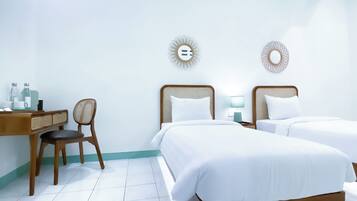
The Utara Hotel Tugu by Eresha Hospitality
Central Yogyakarta
Harga ialah RM118
RM143 jumlah
termasuk cukai & fi
25 Nov - 26 Nov

House Of Cokro at Malioboro
Central Yogyakarta
Harga ialah RM60
RM73 jumlah
termasuk cukai & fi
2 Dis - 3 Dis
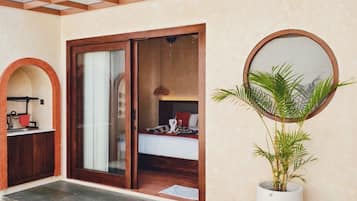
Allure Villa Yogyakarta
Yogyakarta
Harga ialah RM236
RM285 jumlah
termasuk cukai & fi
25 Nov - 26 Nov
Harga semalam terendah yang ditemui dalam masa 24 jam lalu berdasarkan penginapan 1 malam untuk 2 orang dewasa. Harga dan ketersediaan adalah tertakluk pada perubahan. Terma tambahan mungkin dikenakan.
Jimat purata sebanyak 15% pada beribu-ribu hotel apabila anda log masuk
Menginap berhampiran tarikan Tegalrejo popular
Ketahui lebih lanjut tentang Tegalrejo
Jelajahi yang Tegalrejo mewah: spa, budaya, bar dan banyak lagi!
![Batik (Javanese pronunciation: [ˈbateʔ]; Indonesian: [ˈbatɪk]) is a technique of wax-resist dyeing applied to whole cloth, or cloth made using this technique. Batik is made either by drawing dots and lines of the resist with a spouted tool called a canting (IPA: [ʈ͡ʂantiŋ], also spelled tjanting), or by printing the resist with a copper stamp called a cap (IPA: [ʈ͡ʂap], also spelled tjap). The applied wax resists dyes and therefore allows the artisan to color selectively by soaking the cloth in one color, removing the wax with boiling water, and repeating if multiple colors are desired.
A tradition of making batik is found in various countries, including Nigeria, China, India, Malaysia, Philippines and Sri Lanka; the batik of Indonesia, however, is the most well-known. Indonesian batik made in the island of Java has a long history of acculturation, with diverse patterns influenced by a variety of cultures, and is the most developed in terms of pattern, technique, and the quality of workmanship. On October 2009, UNESCO designated Indonesian batik as a Masterpiece of Oral and Intangible Heritage of Humanity.
Source: Wikipedia
These batik clothes are sold at one of the high end hotel's gift shop in Yogyakarta. They are hand drawn and painted and hence command a high price! It ranges over US$200 although some cheap batik at the market can be found for a mere US$2. The difference lies in the quality, the design and also the amount of skill that's needed to make them.
Common batik wear are made from cotton. The ones shown here are silk and limited in quantity produced.
Yogyakarta and Surakata (Solo) are two cities where batik originated in Indonesia.
#unesco](https://images.trvl-media.com/place/1718/09cd56ac-2be9-4518-ac77-e217d037b46b.jpg?impolicy=fcrop&w=300&h=400&p=1&q=high)
Foto oleh Sharrie Shaw
Foto Terbuka oleh Sharrie Shaw
Ulasan Hotel Tegalrejo Popular
Penginapan murah di Tegalrejo

OYO Life 3301 Pondok Eyang Obi
No. 11, Jl. Pelda Sugiono, Sleman Sleman Yogyakarta
Harga adalah RM36 semalam dari 6 Dis hingga 7 Dis
RM36
RM45 jumlah
6 Dis - 7 Dis
termasuk cukai & fi
Soalan lazim
Terokai dunia perjalanan dengan Expedia
Kawasan Tegalrejo
Hotel Dekat Tegalrejo, Yogyakarta
Lebih banyak cara untuk menempah
Corak Terbaru Expedia
Hotel
- Hotel di Cyberjaya OYORooms
- Hotel di Kota Damansara
- Avillion Cameron Highlands
- Mangala Estate Boutique Resort - Small Luxury Hotel of the World
- Hotel di Muar OYORooms
- Hotel di Parit Jawa
- Hotel di Cheras
- Hotel berdekatan Gereja St. Anne
- Hotel berdekatan Kelab Golf Sultan Ahmad Shah
- Shangri-La Rasa Sayang, Penang
- Hotel dengan Kolam Tertutup di Selangor
- Hotel di Batu Buruk
- Mri Homestay Sg Buloh - 2 Br House With Centralised Private Pool
Penerbangan
![Batik (Javanese pronunciation: [ˈbateʔ]; Indonesian: [ˈbatɪk]) is a technique of wax-resist dyeing applied to whole cloth, or cloth made using this technique. Batik is made either by drawing dots and lines of the resist with a spouted tool called a canting (IPA: [ʈ͡ʂantiŋ], also spelled tjanting), or by printing the resist with a copper stamp called a cap (IPA: [ʈ͡ʂap], also spelled tjap). The applied wax resists dyes and therefore allows the artisan to color selectively by soaking the cloth in one color, removing the wax with boiling water, and repeating if multiple colors are desired.
A tradition of making batik is found in various countries, including Nigeria, China, India, Malaysia, Philippines and Sri Lanka; the batik of Indonesia, however, is the most well-known. Indonesian batik made in the island of Java has a long history of acculturation, with diverse patterns influenced by a variety of cultures, and is the most developed in terms of pattern, technique, and the quality of workmanship. On October 2009, UNESCO designated Indonesian batik as a Masterpiece of Oral and Intangible Heritage of Humanity.
Source: Wikipedia
These batik clothes are sold at one of the high end hotel's gift shop in Yogyakarta. They are hand drawn and painted and hence command a high price! It ranges over US$200 although some cheap batik at the market can be found for a mere US$2. The difference lies in the quality, the design and also the amount of skill that's needed to make them.
Common batik wear are made from cotton. The ones shown here are silk and limited in quantity produced.
Yogyakarta and Surakata (Solo) are two cities where batik originated in Indonesia.
#unesco](https://images.trvl-media.com/place/1718/09cd56ac-2be9-4518-ac77-e217d037b46b.jpg?impolicy=fcrop&w=1200&h=500&q=medium)

